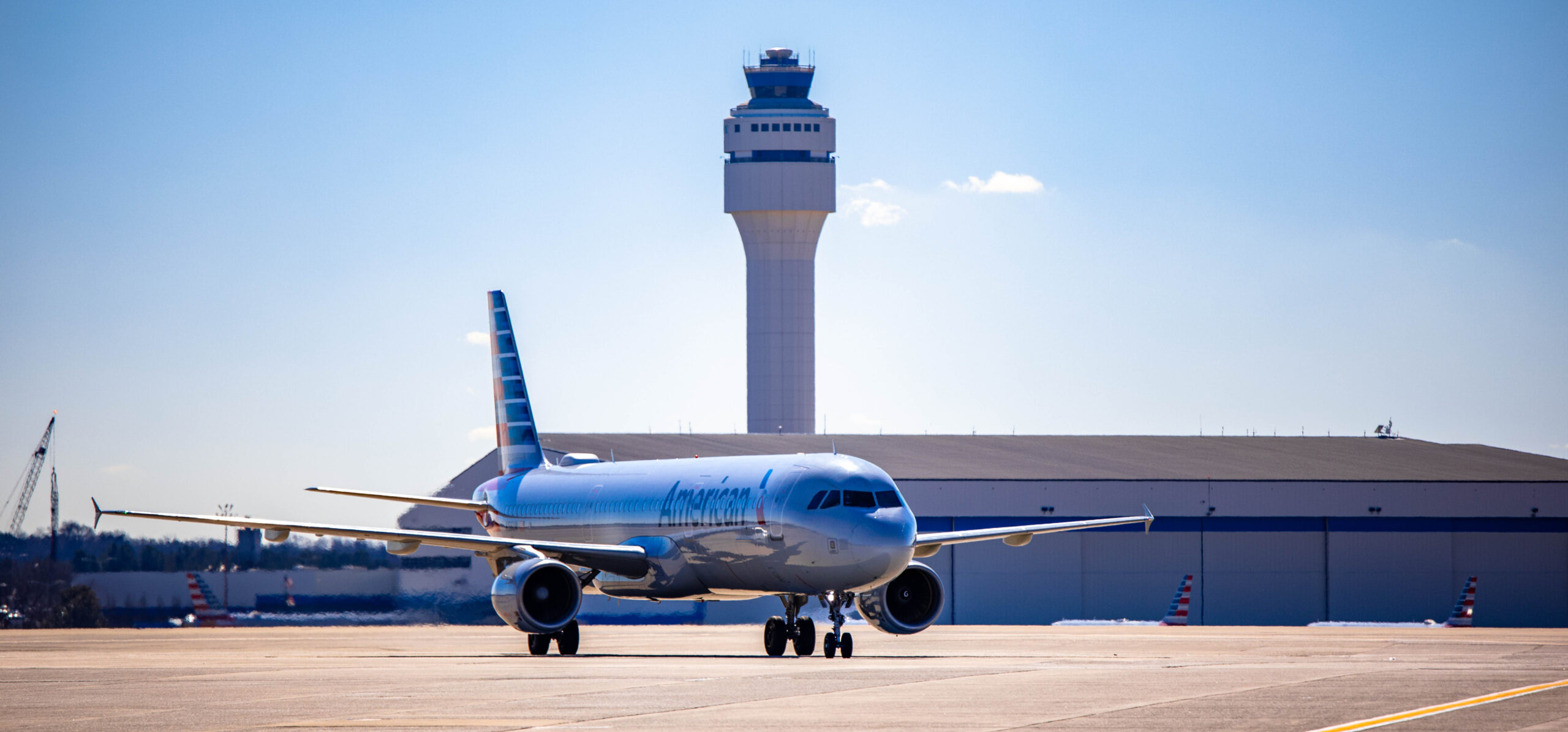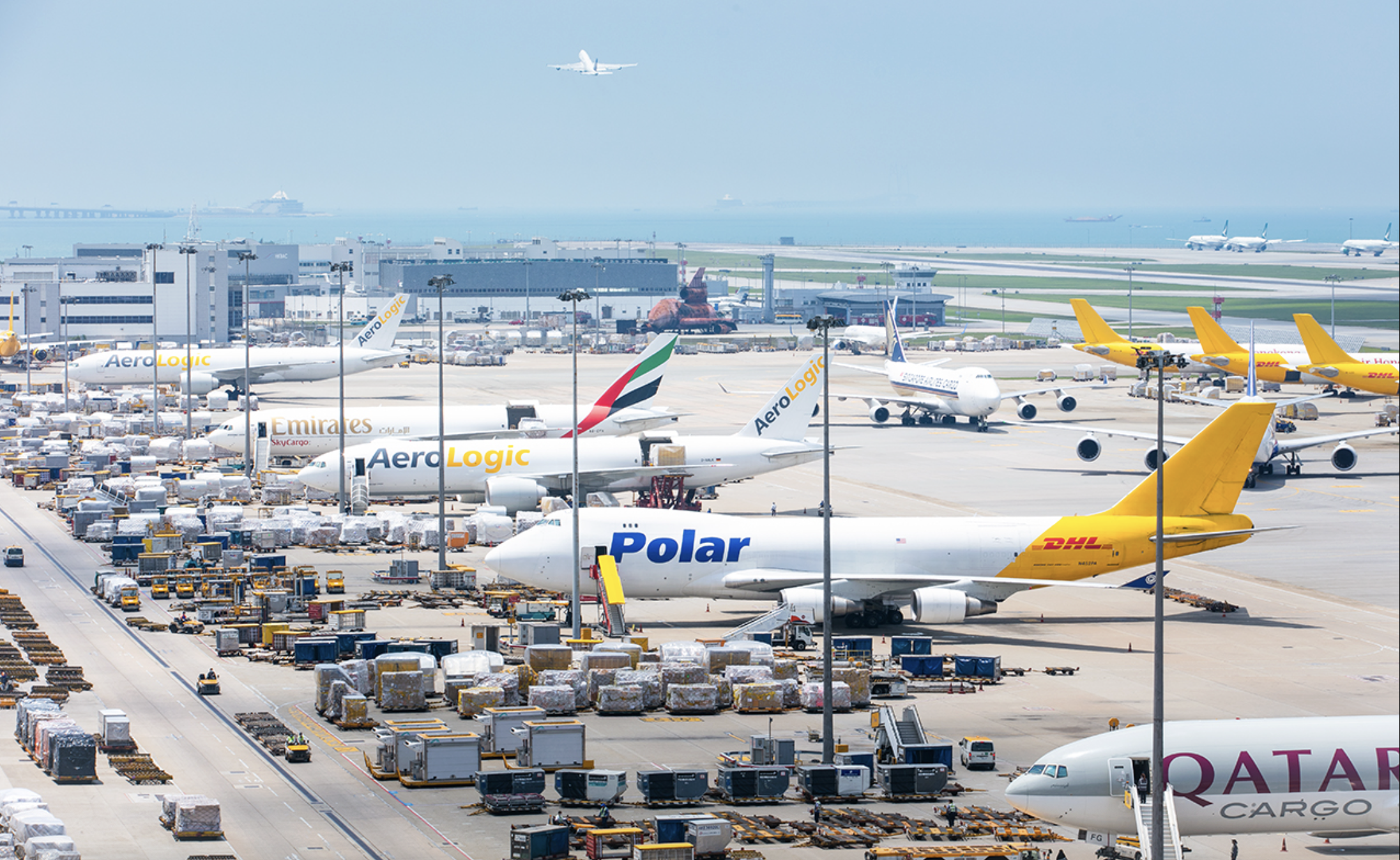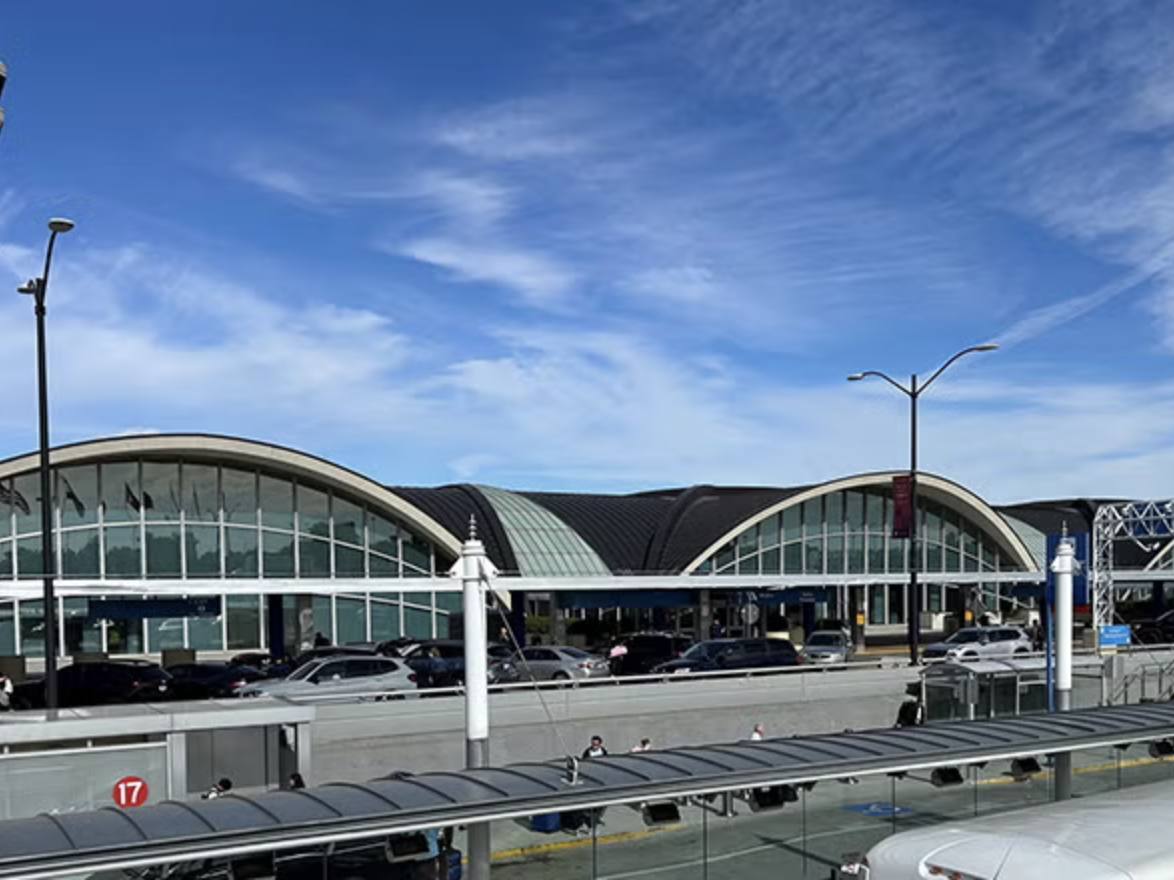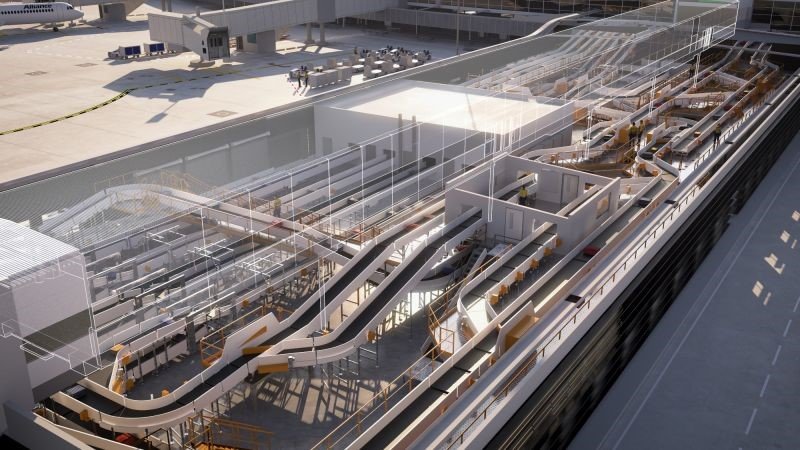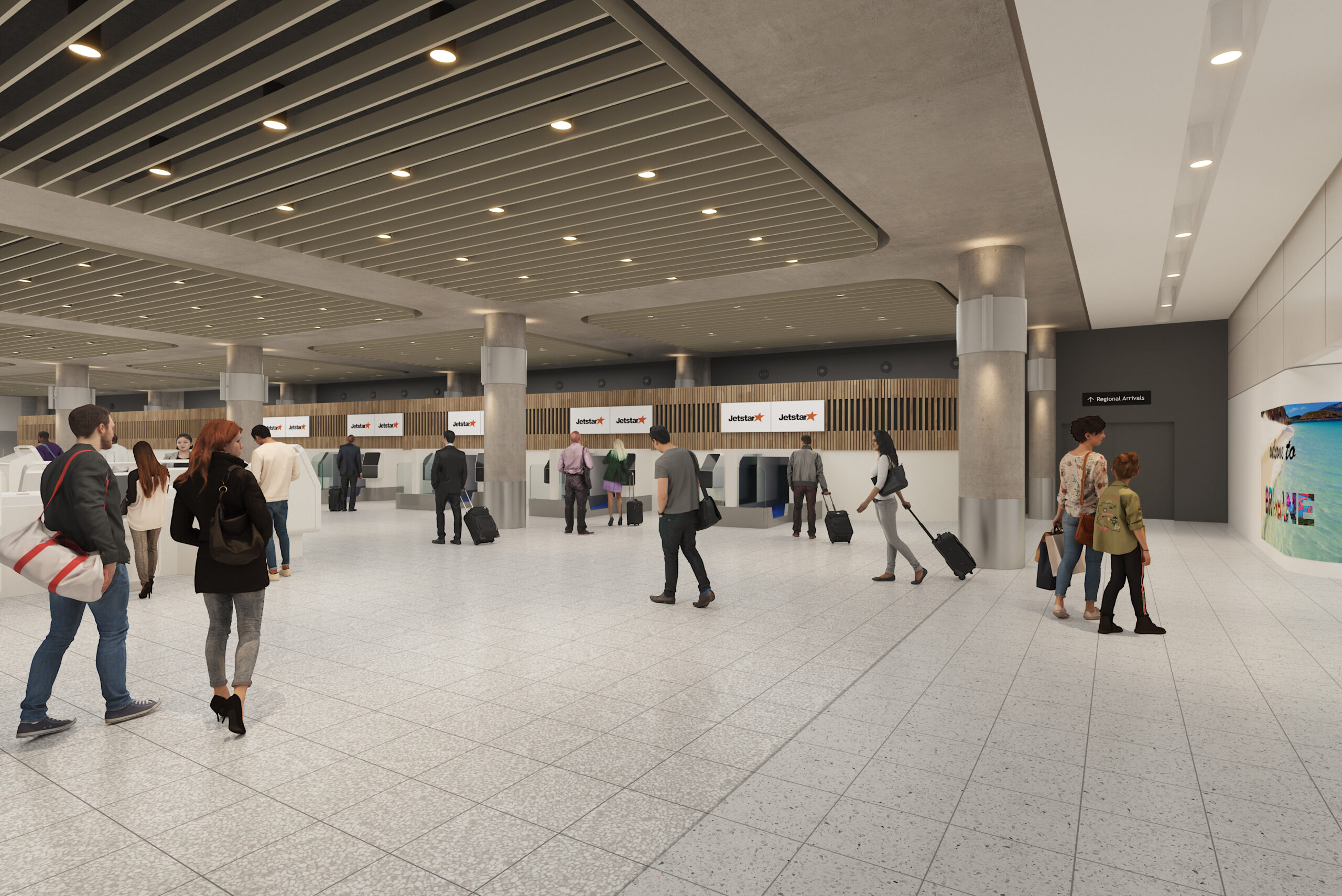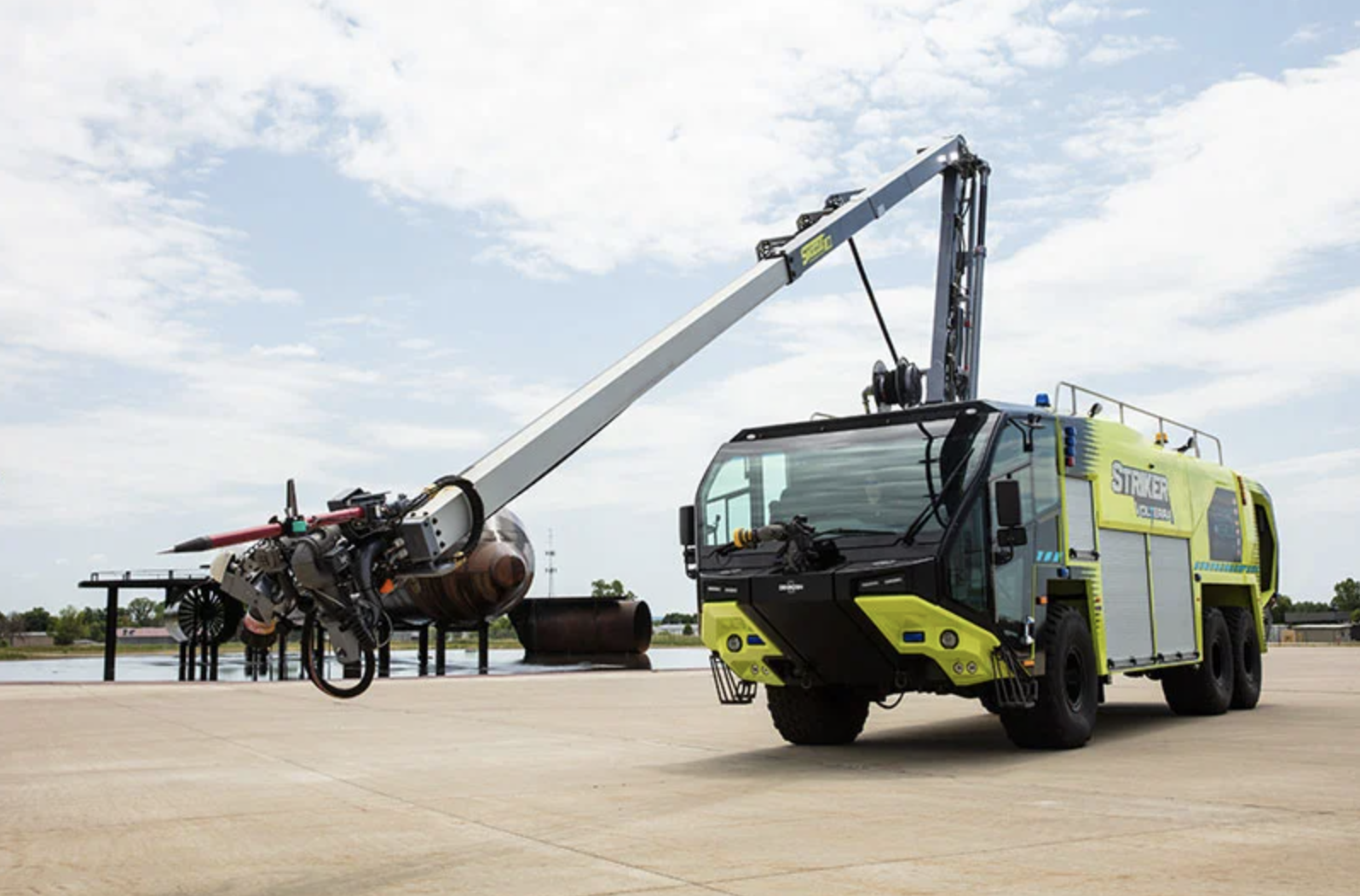In Queensland, Australia, Gold Coast Airport (OOL) has unveiled its 2024 Preliminary Draft Master Plan, revealing its vision for the airport of the future.
The newly published document outlines the strategic vision and sustainable growth objectives of the airport and its surrounding precinct over the next twenty years. It also provides a more detailed focus on the eight years leading up to the 2032 Olympic and Paralympic Games.

Gold Coast Airport is the largest of four airports owned by Queensland Airports Limited. It currently welcomes more than 6.2 million passengers a year, but by 2044, this number is expected to increase to around 13 million passengers annually.
Alongside aiming to effectively serve a growing number of passengers, the airport’s Preliminary Draft Master Plan aims to reinvent the site as a destination in its own right. To do so, it will construct a future-focused precinct with the addition of a retail village, health and wellness hub and conference and tech centre.
Queensland Airports Limited CEO Amelia Evans said:We want to be more than an airport, we’re committed to creating a mixed-use precinct that would further benefit the local community, with the addition of a retail village, health and wellness hub and a conference and tech centre.
The upgrades proposed under this Master Plan are about embracing innovation and new technologies that will revolutionise air travel and enhance the customer experience. We’ve placed a strong focus on accessibility, ensuring the airport precinct is seamlessly connected with the rest of the city with the delivery of a public front-of-terminal plaza servicing both light and heavy rail.
The preliminary plan also considers the implementation of smart aviation technologies, such as biometrics-enabled check-in and a fully digital passenger experience, which could provide personalised travel suggestions.
In addition, the plan incorporates Gold Coast Airport’s commitment to sustainability, including its target of reaching Net Zero Scope 1 and Scope 2 emissions by 2030. It therefore includes initiatives such as installing solar panels, deploying more electric vehicles, and transitioning to lower carbon aviation practices such as Sustainable Aviation Fuel (SAF).
Under the Airports Act 1996, Gold Coast Airport is required to prepare and publish an Airport Master Plan every eight years. This plan is now open to public consultation and will then be submitted to the Federal Minister of Infrastructure and Transport for review and approval before a Final Master Plan is released.
The airport’s 2024 Preliminary Draft Master Plan is available to download here.



